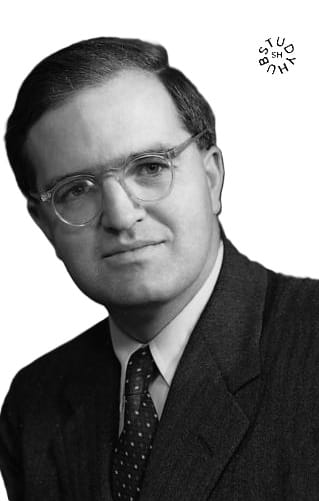
Aage N. Bohr (born June 19, 1922, Copenhagen, Denmark—died September 8, 2009, Copenhagen) was a Danish physicist who was awarded the 1975 Nobel Prize in Physics alongside Ben R. Mottelson and James Rainwater for their significant contributions in elucidating the asymmetrical configurations of certain atomic nuclei.
Bohr pursued his academic training at the University of Copenhagen, where he earned his doctorate in 1954. Throughout the 1940s, he served as an assistant to his father, Niels Bohr (recipient of the 1922 Nobel Prize in Physics), participating in the crucial development of the atomic bomb at Los Alamos, New Mexico. Beginning in 1946, he became affiliated with the Niels Bohr Institute of Theoretical Physics, an institution established in Copenhagen by his father, whom he succeeded as director from 1963 to 1970. Through experiments inspired by the theoretical framework of James Rainwater and conducted in collaboration with Ben R. Mottelson during the early 1950s, Bohr demonstrated that the movement of subatomic particles can induce distortions in the shape of the nucleus, thereby challenging the prevailing theory that all nuclei possess perfectly spherical forms. This fundamental discovery proved essential for advancing the understanding and development of nuclear fusion. Among Bohr’s notable publications are Rotational States of Atomic Nuclei (1954) and Nuclear Structure, two volumes (1969, 1975).
